Tokyo design studio We+ transforms microalgae into colours
Could microalgae be the sustainable pigment of the future? A Japanese research project investigates
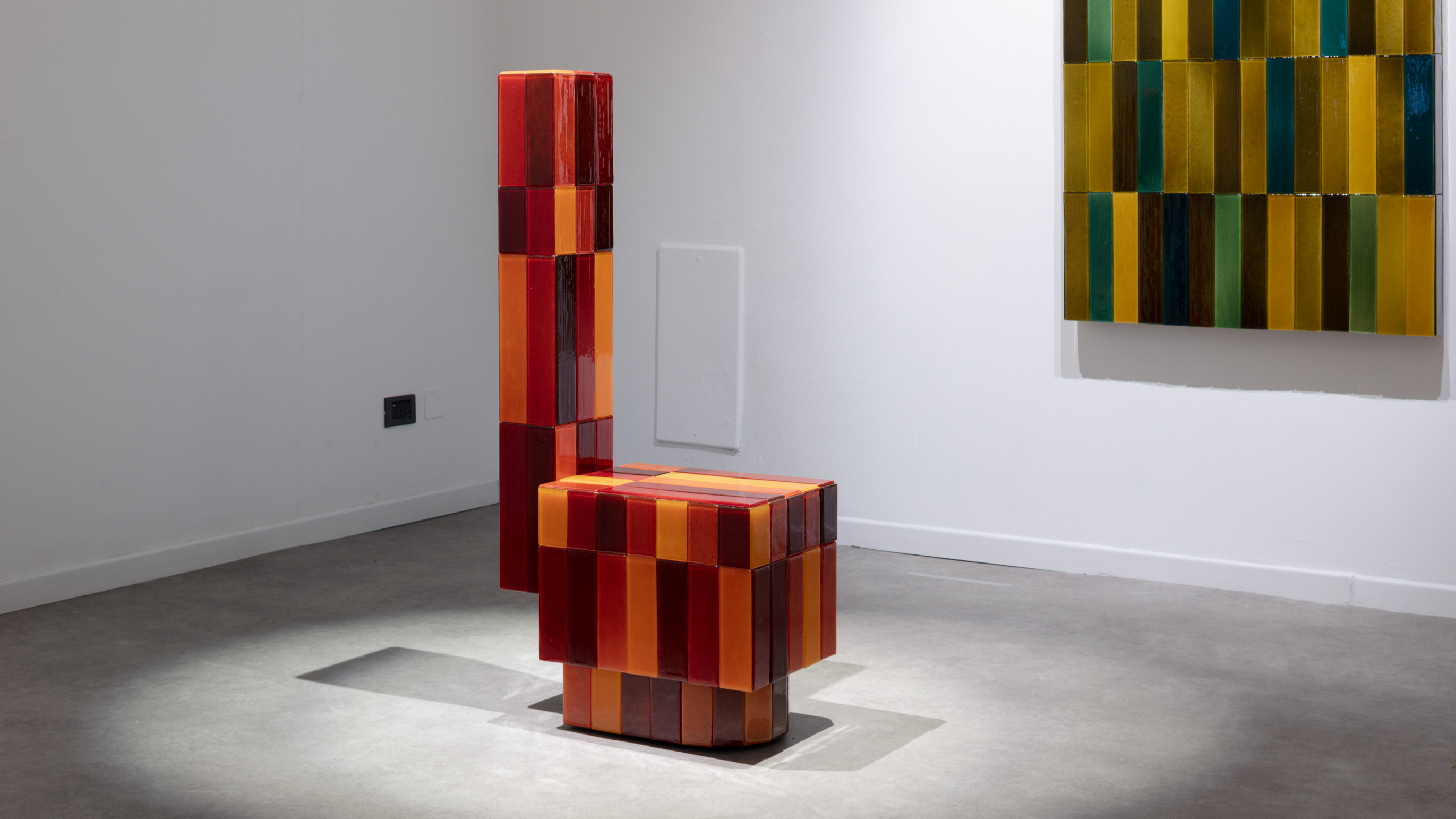
Yellows, greens, reds, purples, blues: a distinctly vivid palette of colours has been brought to life using an unusual ingredient: microalgae.
'SO-Colored' is a Japanese research project spearheaded by the Tokyo design studio We+, which taps into the potential of microalgae as an unexpected and sustainable new source of pigment.
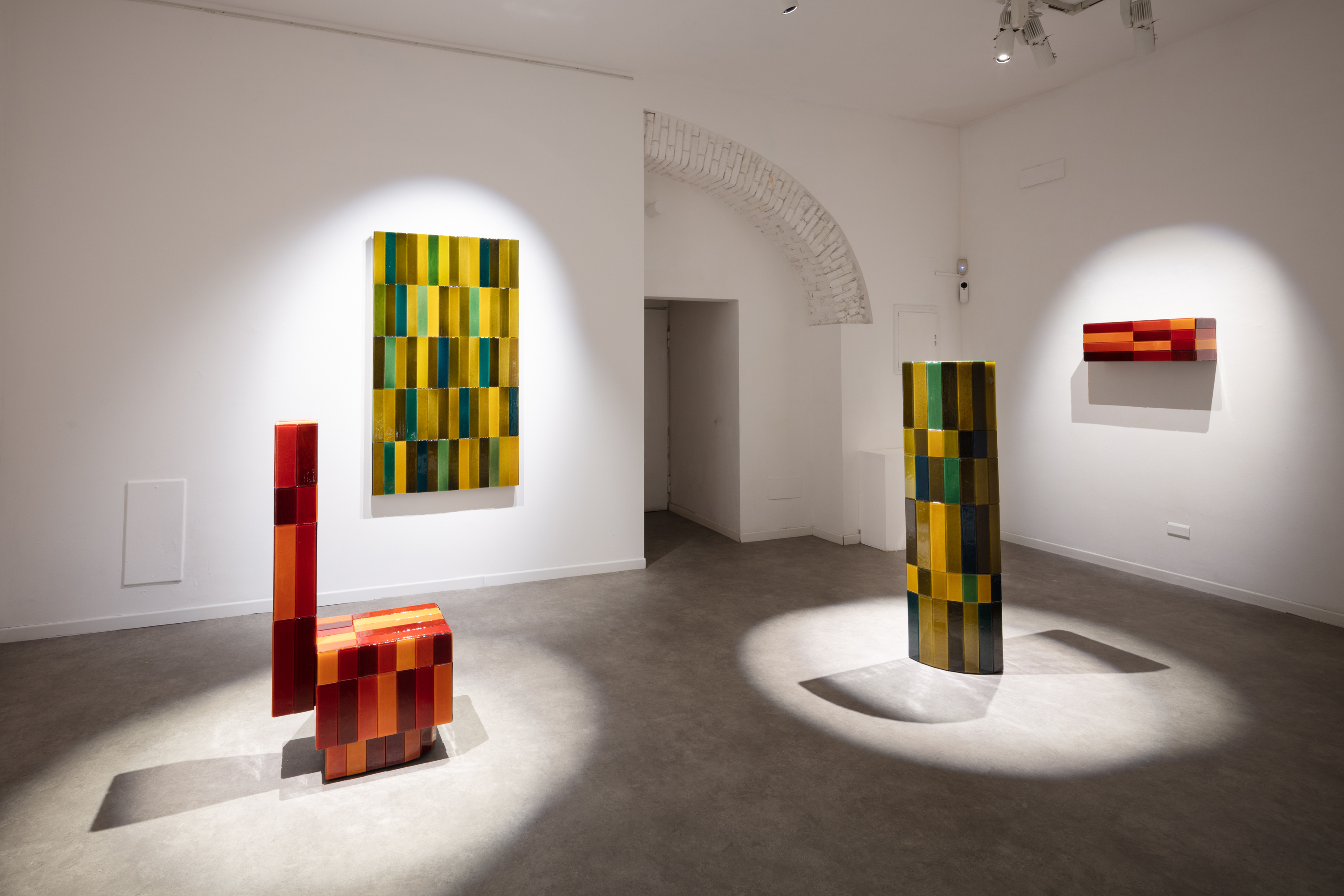
The project, called 'SO-Colored' taps into the potential of microalgae as a sustainable new source of pigment
Renewable, fast-growing, carbon-absorbing, and low-impact, Microalgae – microscopic single cell organisms that thrive everywhere from rocks to roadsides – have long been researched within the food and biofuel industries, but their potential as a source of pigment has largely gone unnoticed, until now.
SO-Colored presented its findings in an installation at Galleria Rubin during Milan Design Week. Centre stage was a series of sharply-lined sculptures with deeply-toned surfaces that resembled glazed ceramic tiles, in a spectrum of shades, from greens and reds to yellows.
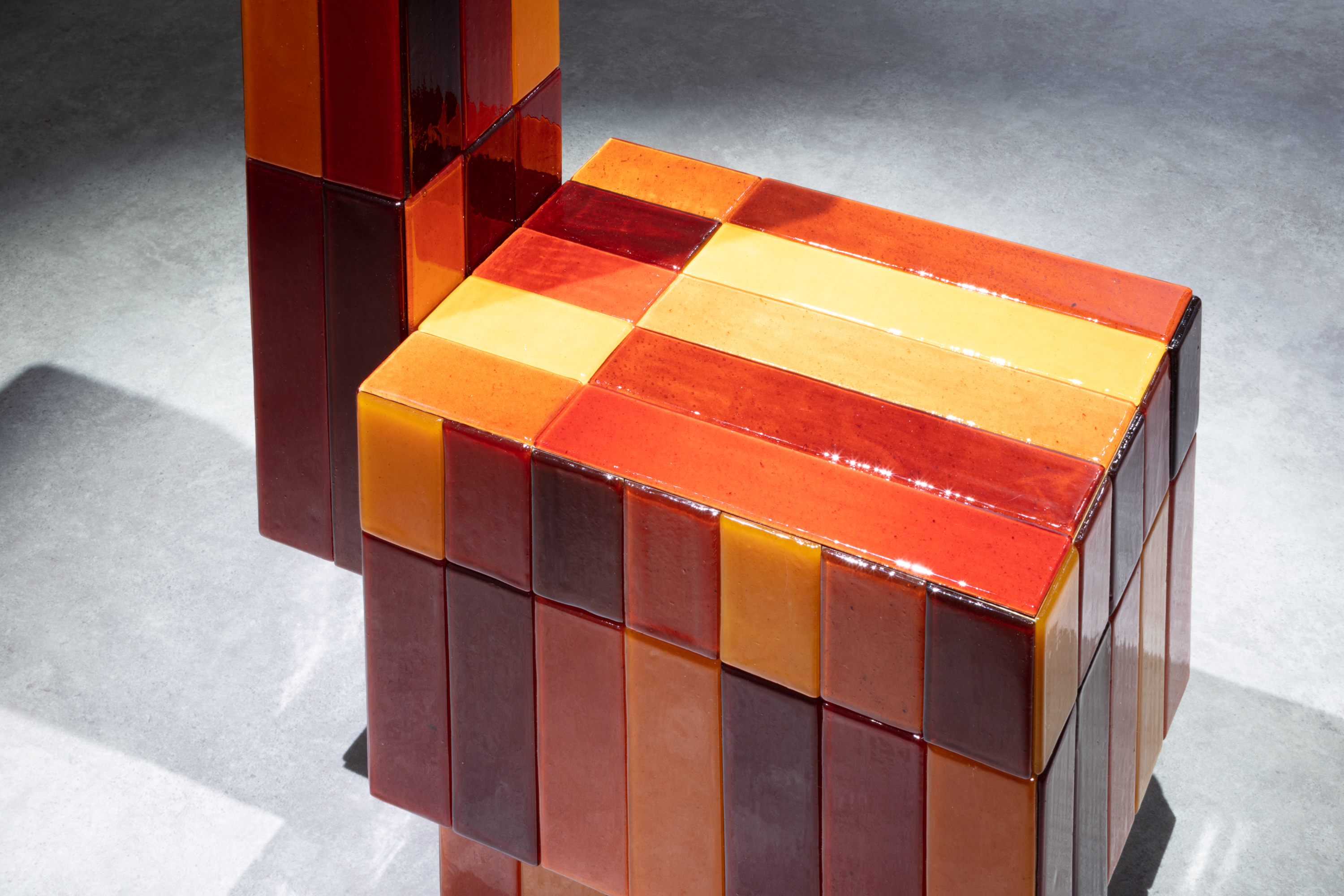
The project was based on the discovery that laboratory-grown microalgae change colour when exposed to environmental stresses such as light, humidity and heat
The project was based on the discovery that laboratory-grown microalgae change colour when exposed to environmental stresses such as light, humidity and heat. A microalgae powder developed by Algal Bio Co. was mixed with dammar, a resin from Indonesia, creating a material that appears to retain its colour over time. As Hokuto Ando, co-founder of We+, explains, this process also gives the pigment a 'remarkable depth' that has a glazed, ceramic-like quality.
'We believe that micro-algae is an exceptionally promising material for humanity,' Ando tells Wallpaper*.
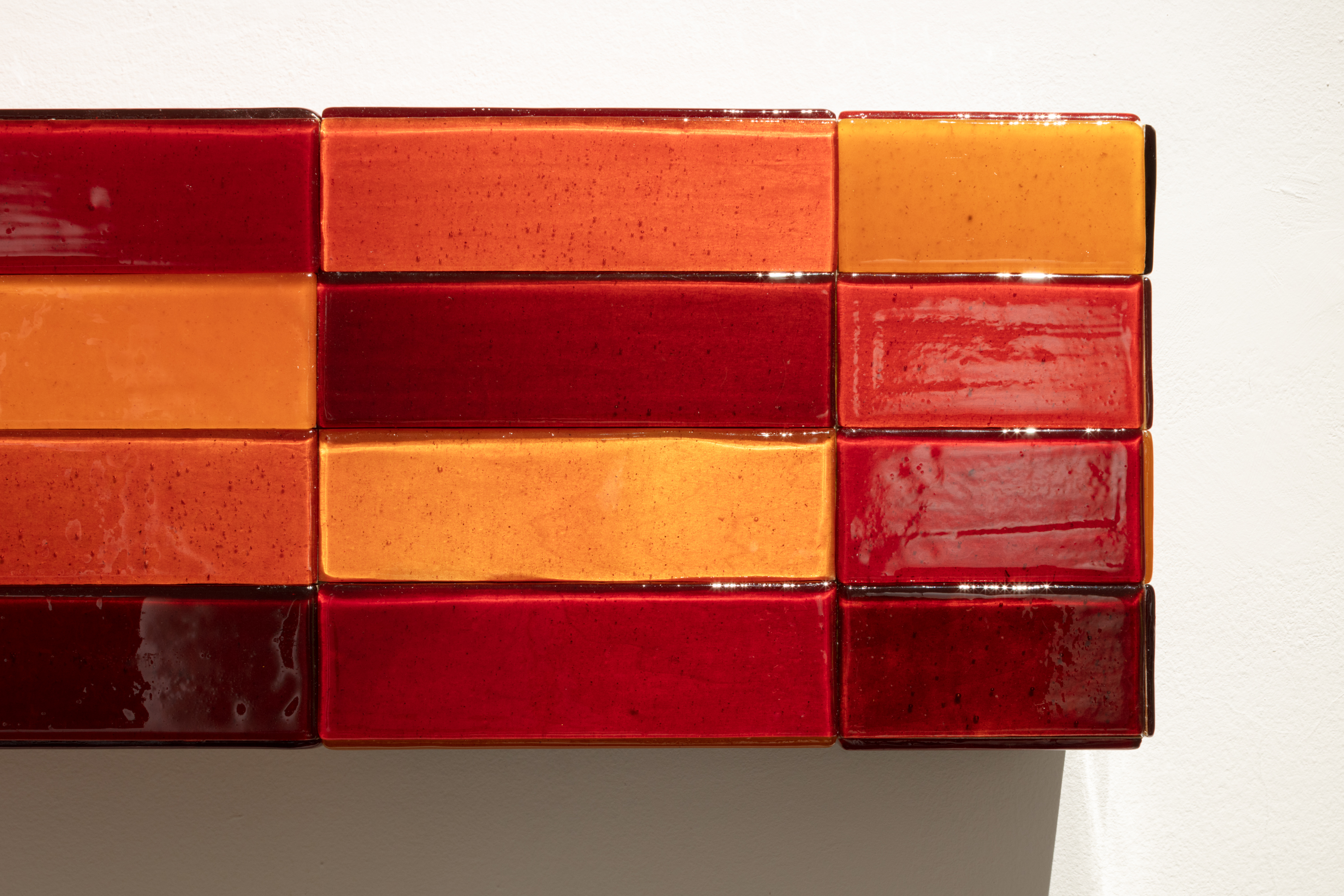
As it's lab-grown, We+ believes the renewable and low-impact microalgae pigment has potential for use anywhere in the world
'While it is already being explored for applications such as carbon dioxide absorption, alternative energy to petroleum, pharmaceuticals and functional foods, our project focuses on its aesthetic potential – specifically, its natural pigmentation.'
Receive our daily digest of inspiration, escapism and design stories from around the world direct to your inbox.
'In the future, there is potential to use this microalgae pigment anywhere in the world. We can also use local vernacular. Everything in the process is from nature.'
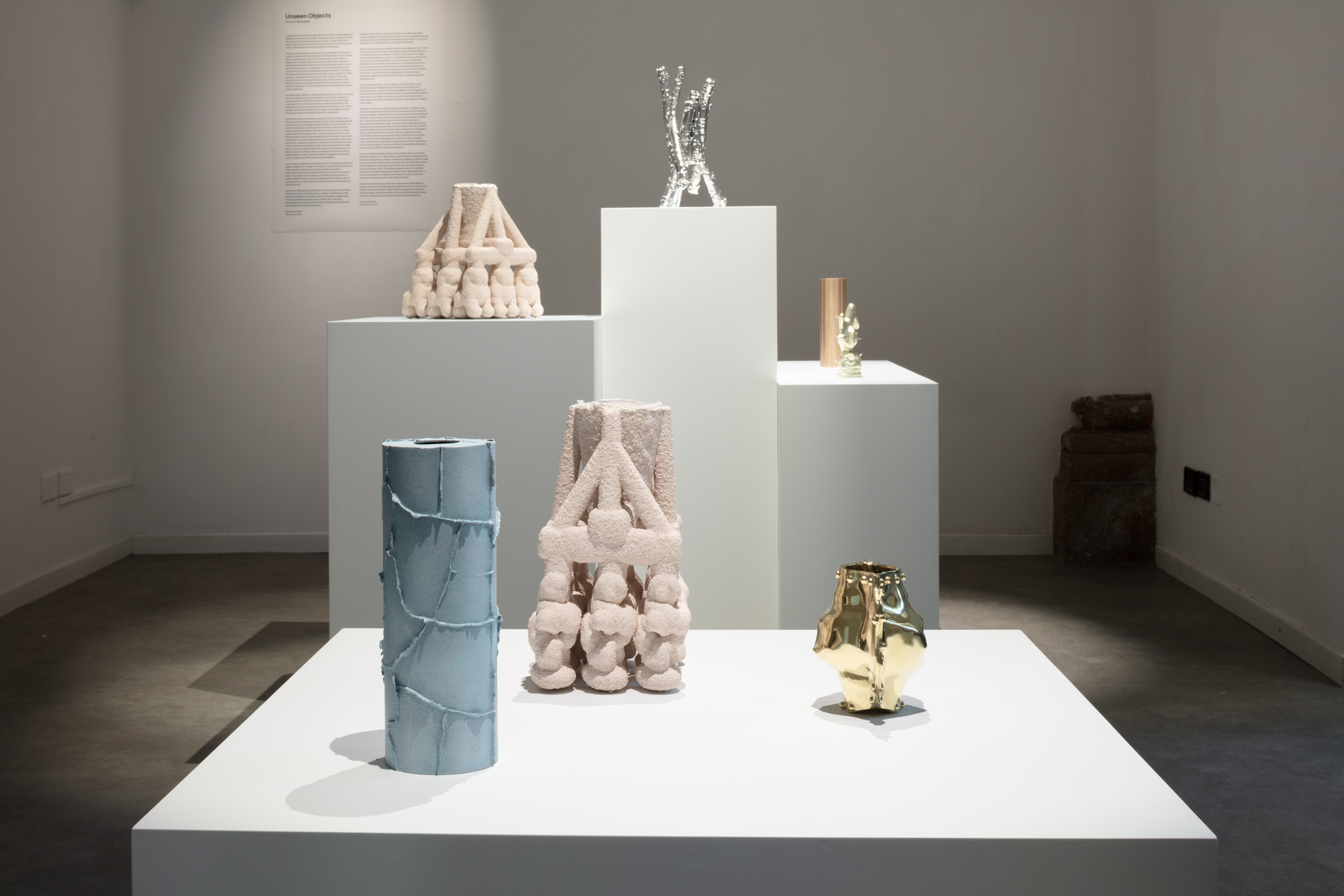
Also on show at Galleria Rubin was We+’s collaboration with Heiwa Gokin, a century-old metal casting company based in Takaoka
We+ – a studio co-founded by Ando and Toshiya Hayashi in 2013 – showcased further innovations with a second project in the same gallery: a collaboration with Heiwa Gokin, a century-old metal casting company in Takaoka, a city with 400 years of history as a traditional copper crafts hub in Toyama Prefecture.
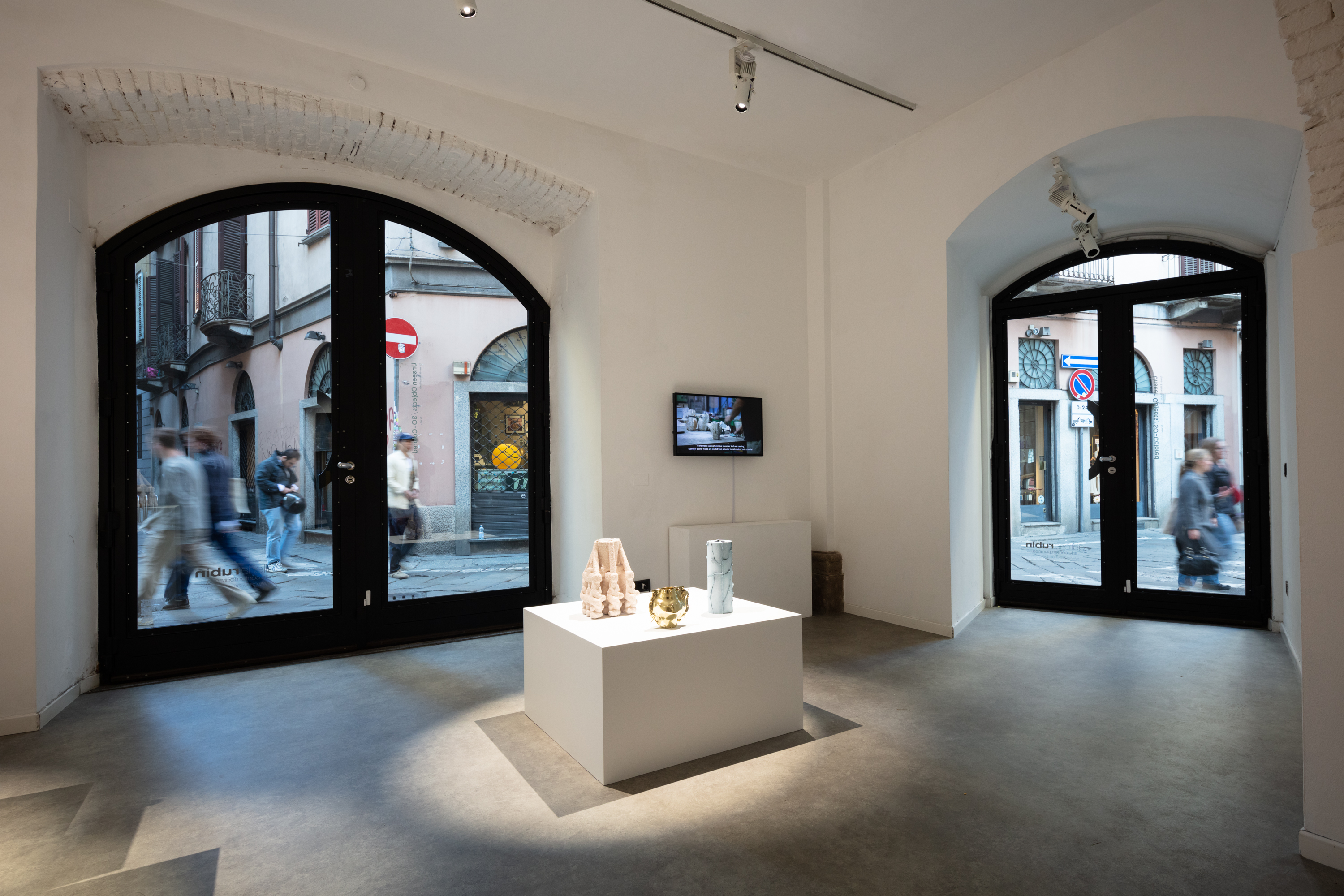
Called 'Unseen Objects', the showcase of six sculptural forms celebrated the overlooked remnants of metal casting—burrs, residual sand, and structural imprints
In 'Unseen Objects', We+ explored the beauty of the 'mistakes' or 'leftovers' of the metal casting manufacturing process – a patchwork of burrs along the lines where where moulds are joined; the unremoved residual sand stuck on surfaces; the geometric imprints of reinforcement bars; iron rods used to secure rods bundled together like an offering of metallic twigs.
The end result is a collection of six sculptural objects with an otherworldly beauty, organically formed and uniquely imperfect in a spectrum of unexpected shapes and textural surfaces.
Danielle Demetriou is a British writer and editor who moved from London to Japan in 2007. She writes about design, architecture and culture (for newspapers, magazines and books) and lives in an old machiya townhouse in Kyoto.
Instagram - @danielleinjapan
-
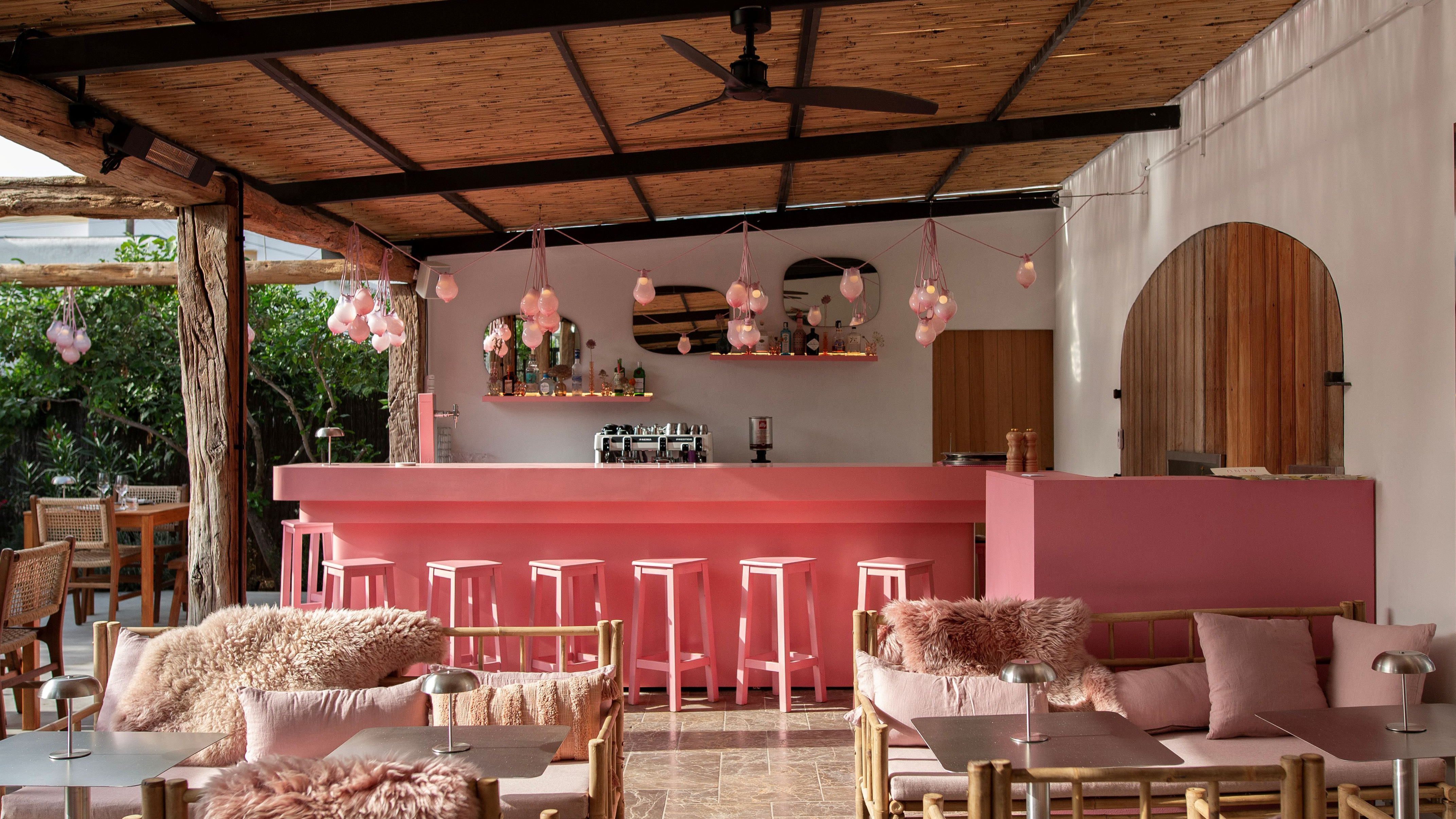 This chic new restaurant in Ibiza looks like a gallery and feels like a party
This chic new restaurant in Ibiza looks like a gallery and feels like a partyMira by Gathering marries contemporary art, Mediterranean fare, and laid-back glamour in a space designed for both contemplation and celebration
-
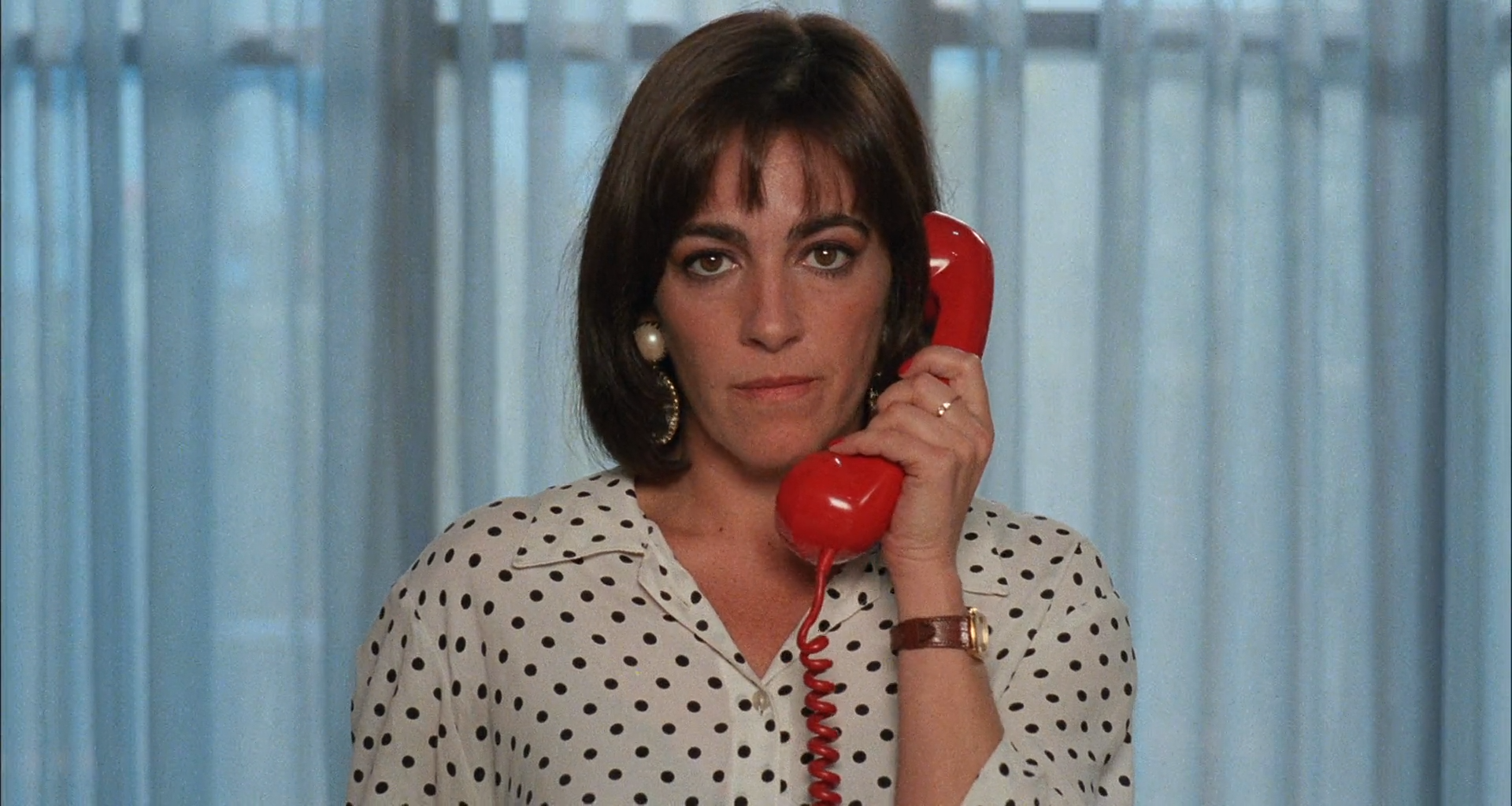 A new exhibition explores Spanish cinema through its female anti-heroes
A new exhibition explores Spanish cinema through its female anti-heroes‘Resolución’ is a new exhibit at MoMu: a three-channel audiovisual installation that catalogues a series of transformative moments in Spanish cinema through costume
-
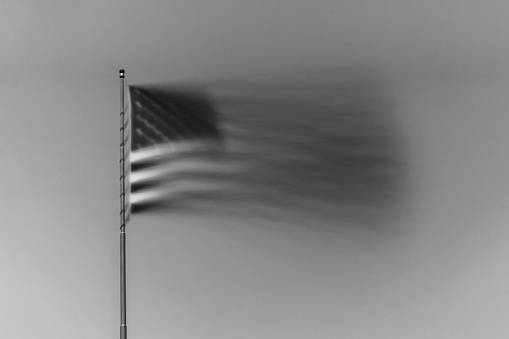 Can creativity survive in the United States?
Can creativity survive in the United States?We asked three design powerhouses to weigh in on this political moment
-
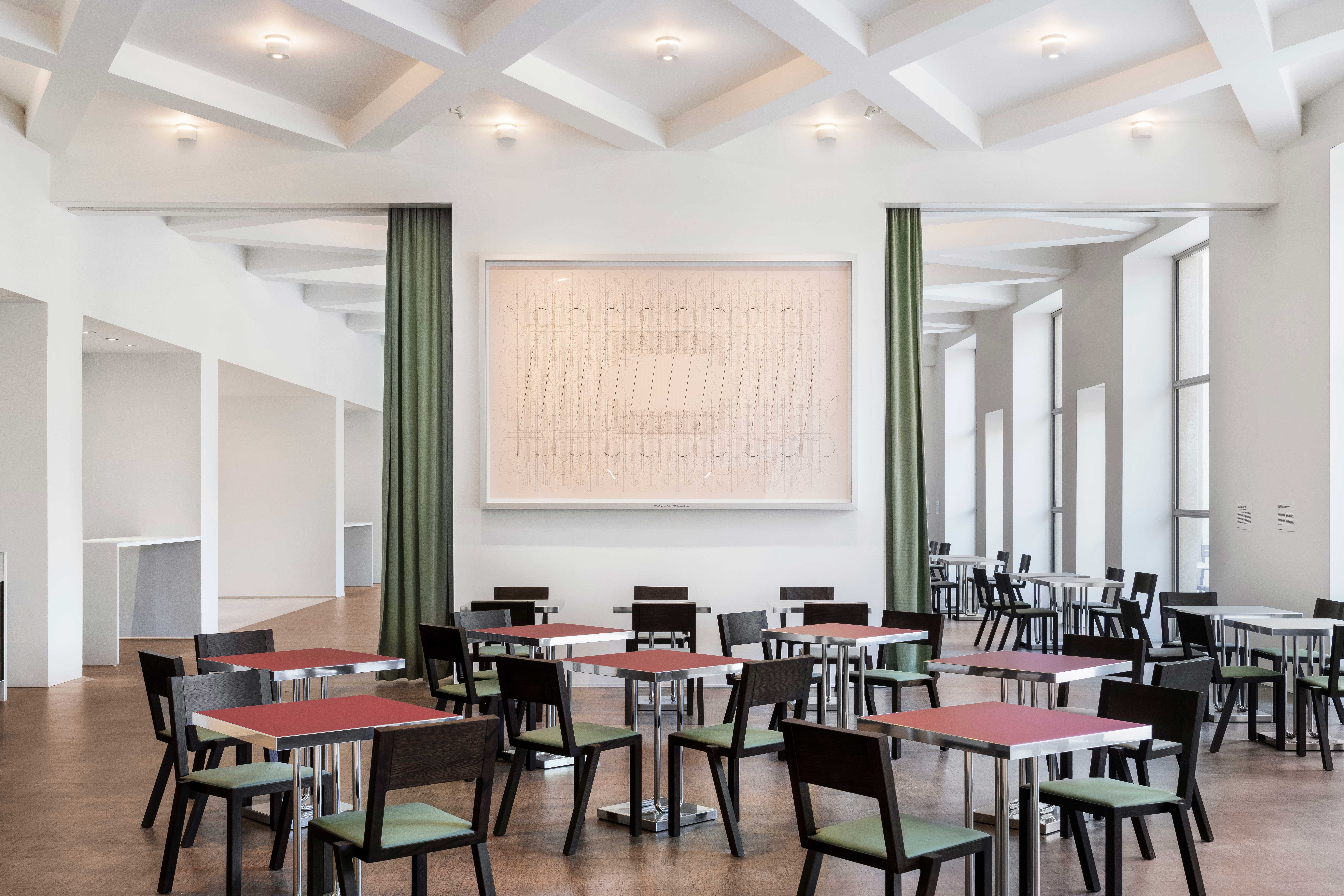 Dine within a rationalist design gem at the newly opened Cucina Triennale
Dine within a rationalist design gem at the newly opened Cucina TriennaleCucina Triennale is the latest space to open at Triennale Milano, a restaurant and a café by Luca Cipelletti and Unifor, inspired by the building's 1930s design
-
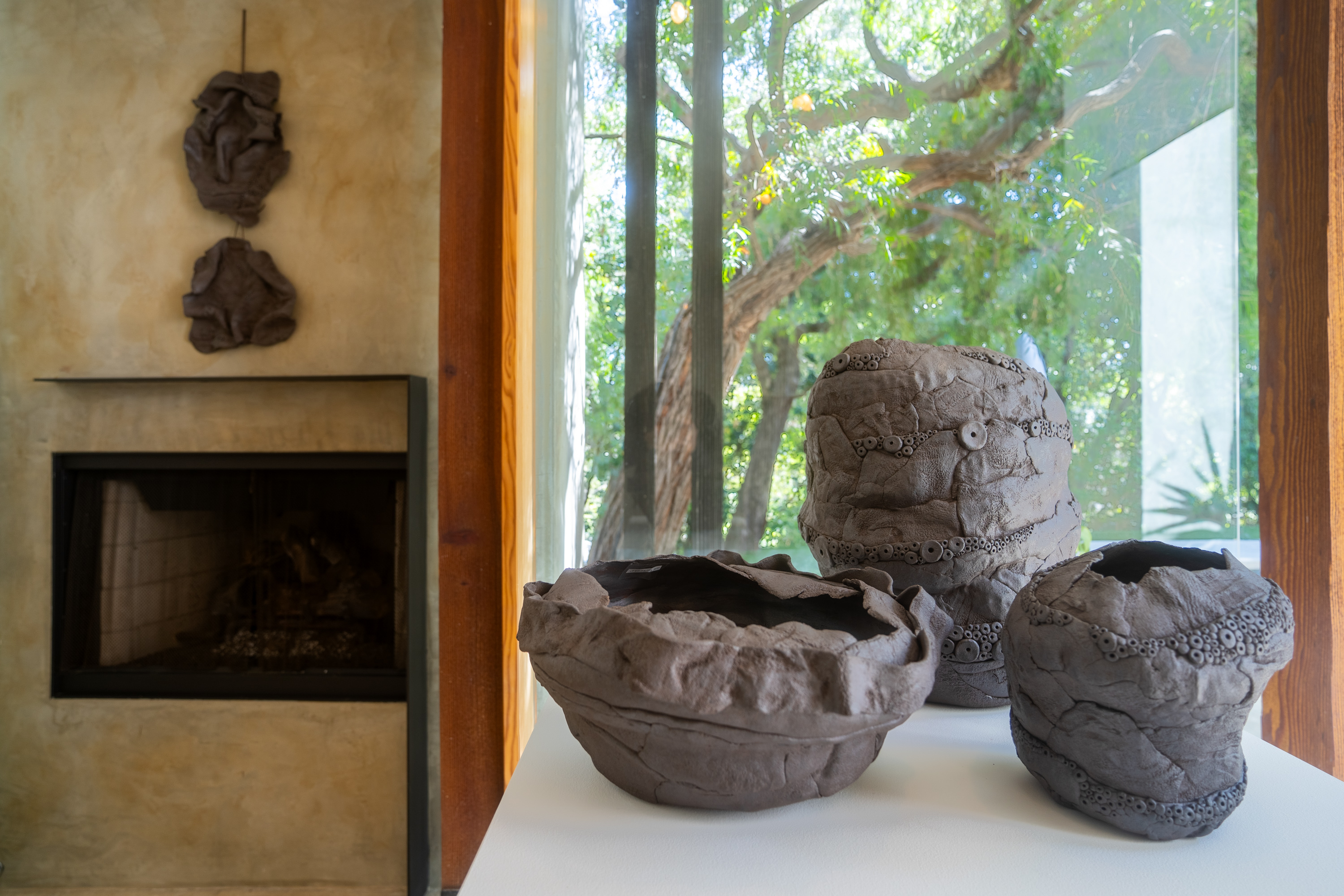 Lois Samuels’ ceramics invite us to find beauty in imperfection
Lois Samuels’ ceramics invite us to find beauty in imperfectionOn view at Twentieth in Los Angeles, the artist’s unglazed ceramics explore ‘life’s intricacies and magic’, she says
-
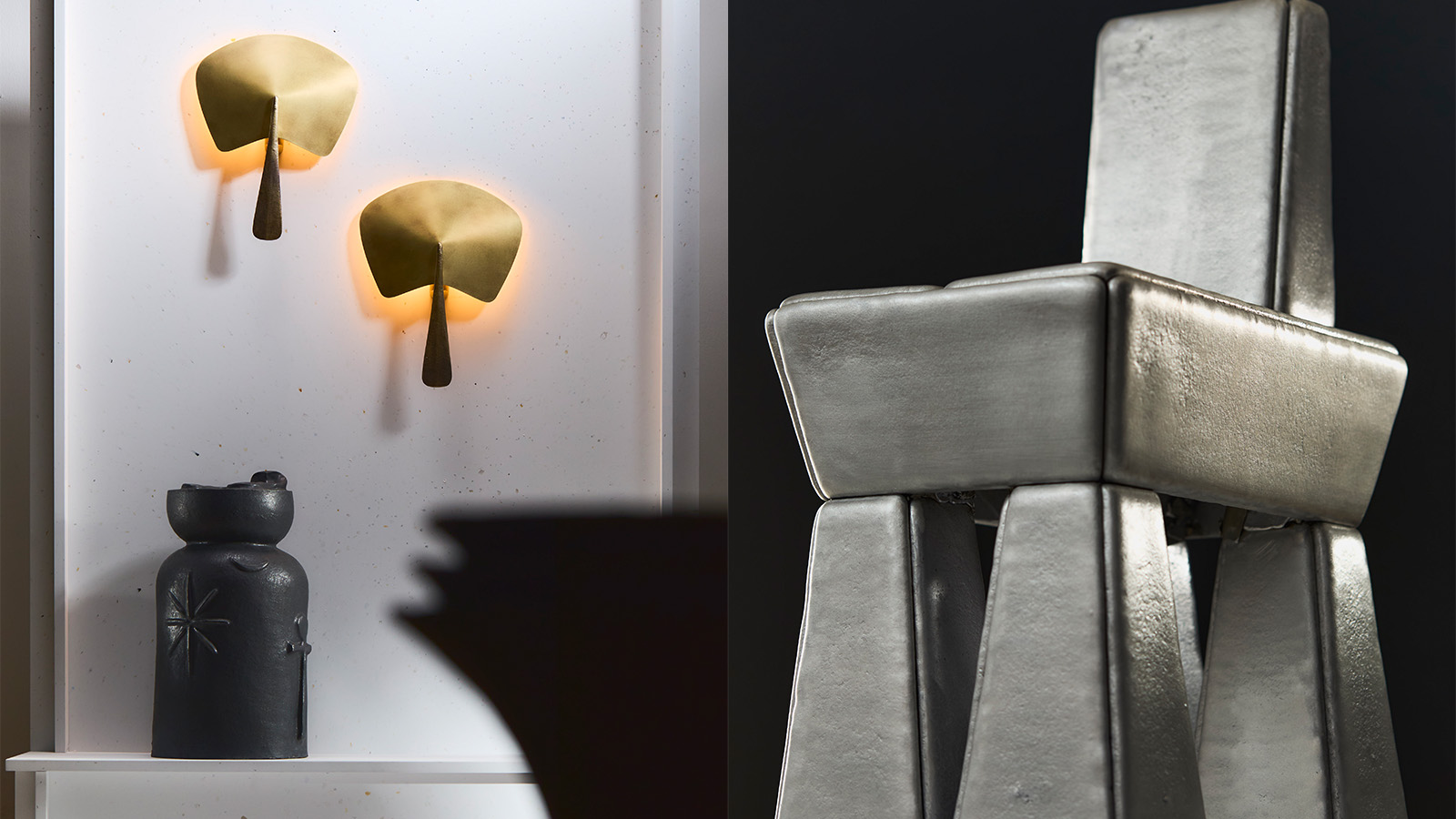 20 emerging designers shine in our ‘Material Alchemists’ film
20 emerging designers shine in our ‘Material Alchemists’ filmWallpaper’s ‘Material Alchemists’ exhibition during Milan Design Week 2025 spotlighted 20 emerging designers with a passion for transforming matter – see it now in our short film
-
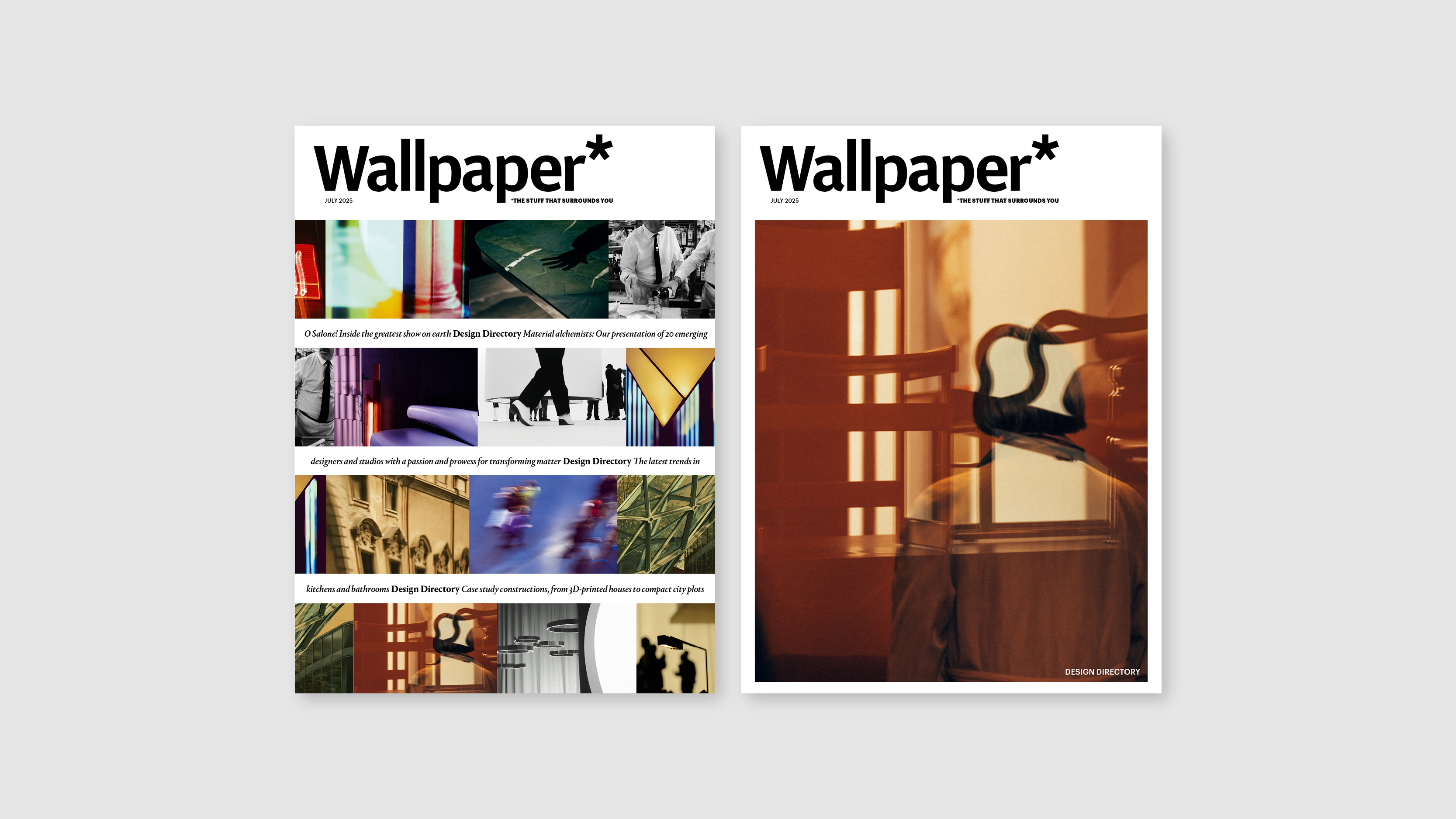 Delve into the Wallpaper* Design Directory 2025, on sale now
Delve into the Wallpaper* Design Directory 2025, on sale nowIn the July issue of Wallpaper*, find a photographic love letter to Milan Design Week, plus the best new furniture, lighting, kitchens, bathrooms and more
-
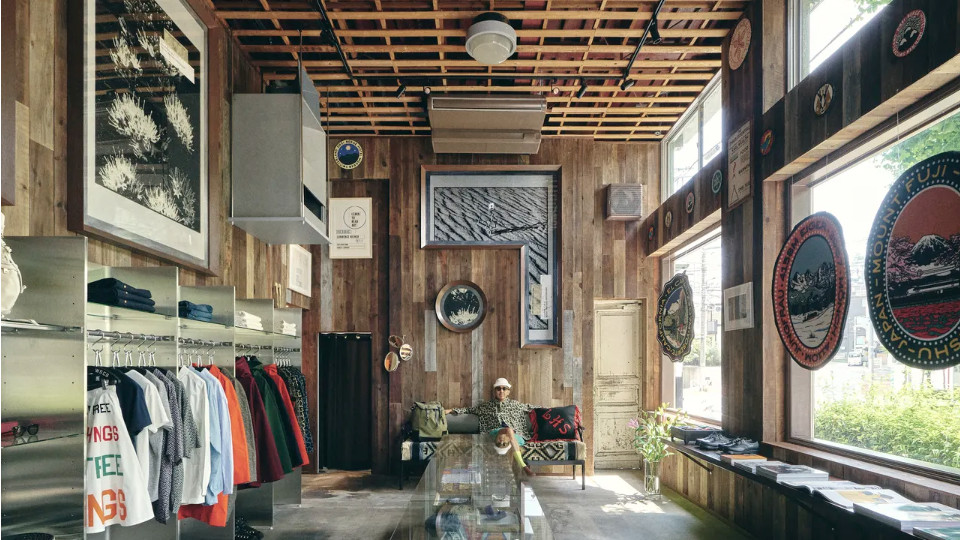 ‘Welcome to my room!’ Ramdane Touhami opens the doors to his new concept store in Tokyo
‘Welcome to my room!’ Ramdane Touhami opens the doors to his new concept store in TokyoWords, Sounds, Colors and Shapes has a first outpost in Japan, following the opening of the creative director’s Paris flagship store last year
-
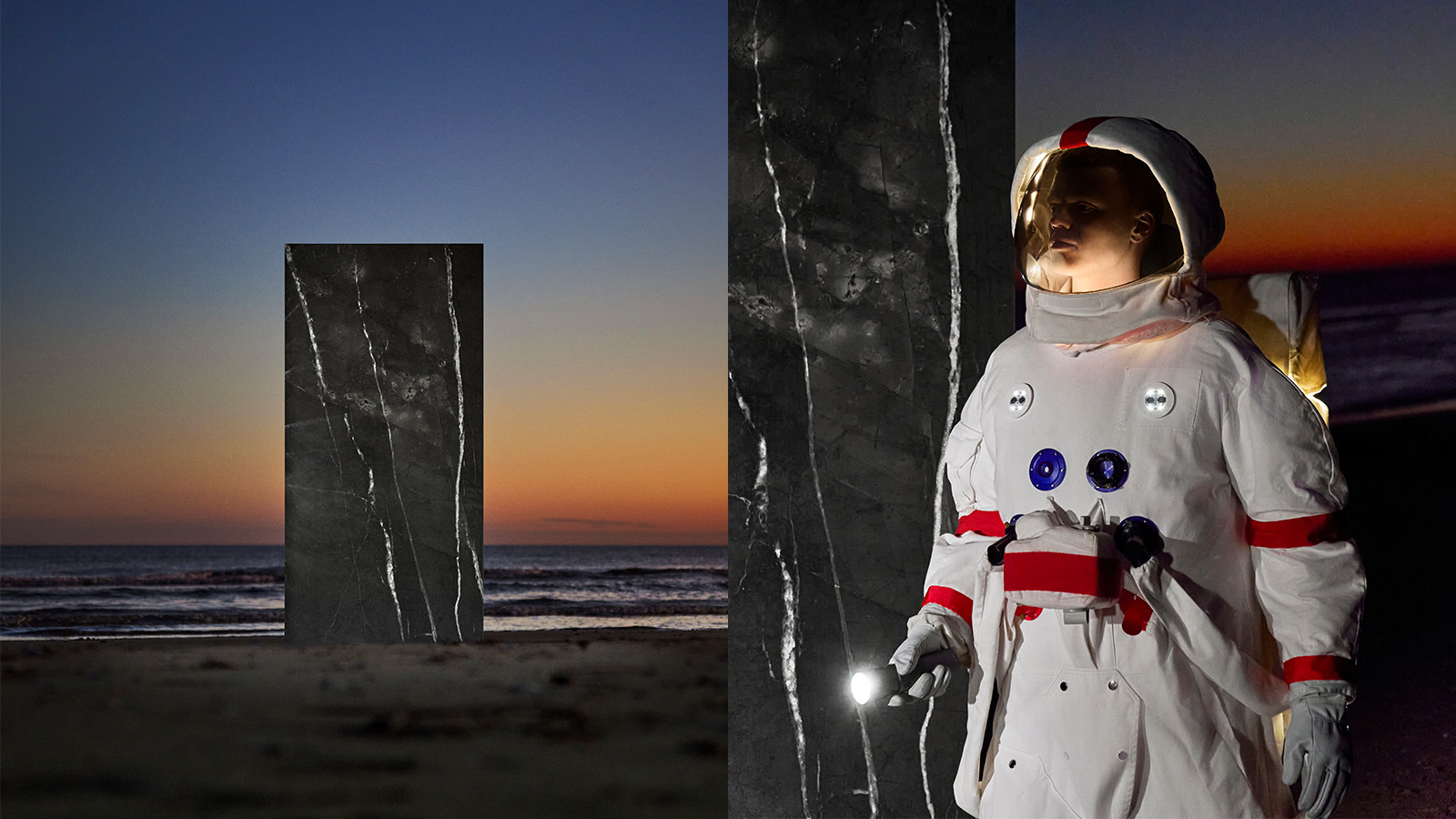 FMG’s technical ceramics, an astronaut, and a brave new world: watch the campaign
FMG’s technical ceramics, an astronaut, and a brave new world: watch the campaignWith its Live New Worlds campaign, FMG Fabbrica Marmi e Graniti, Italy’s premium porcelain stoneware specialist, explores new strata of creativity
-
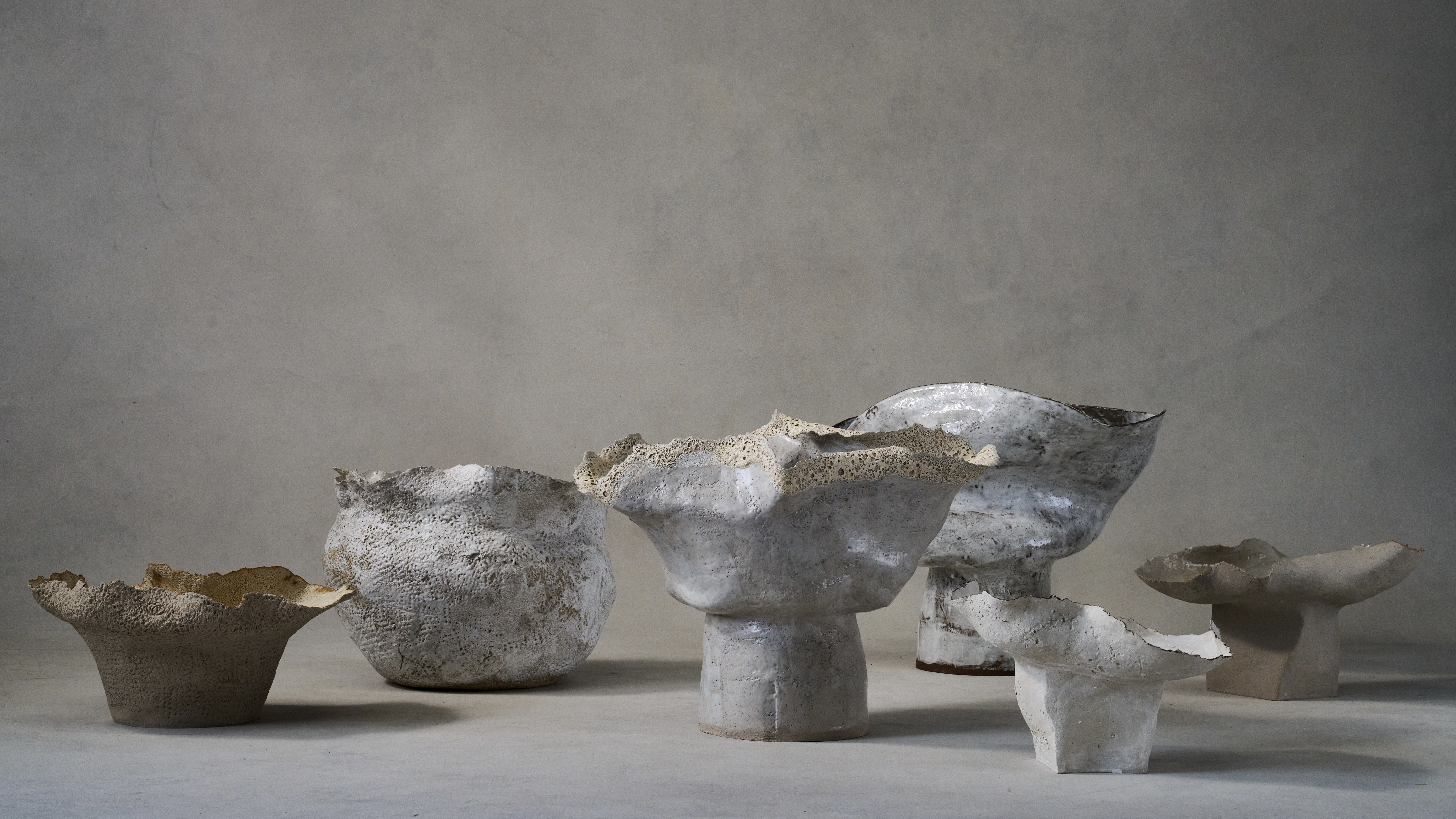 Ludmilla Balkis’ organic, earthy ceramics embody the Basque countryside
Ludmilla Balkis’ organic, earthy ceramics embody the Basque countrysideThe sculptor-ceramicist presents a series inspired by and created from found natural objects in a New York exhibition
-
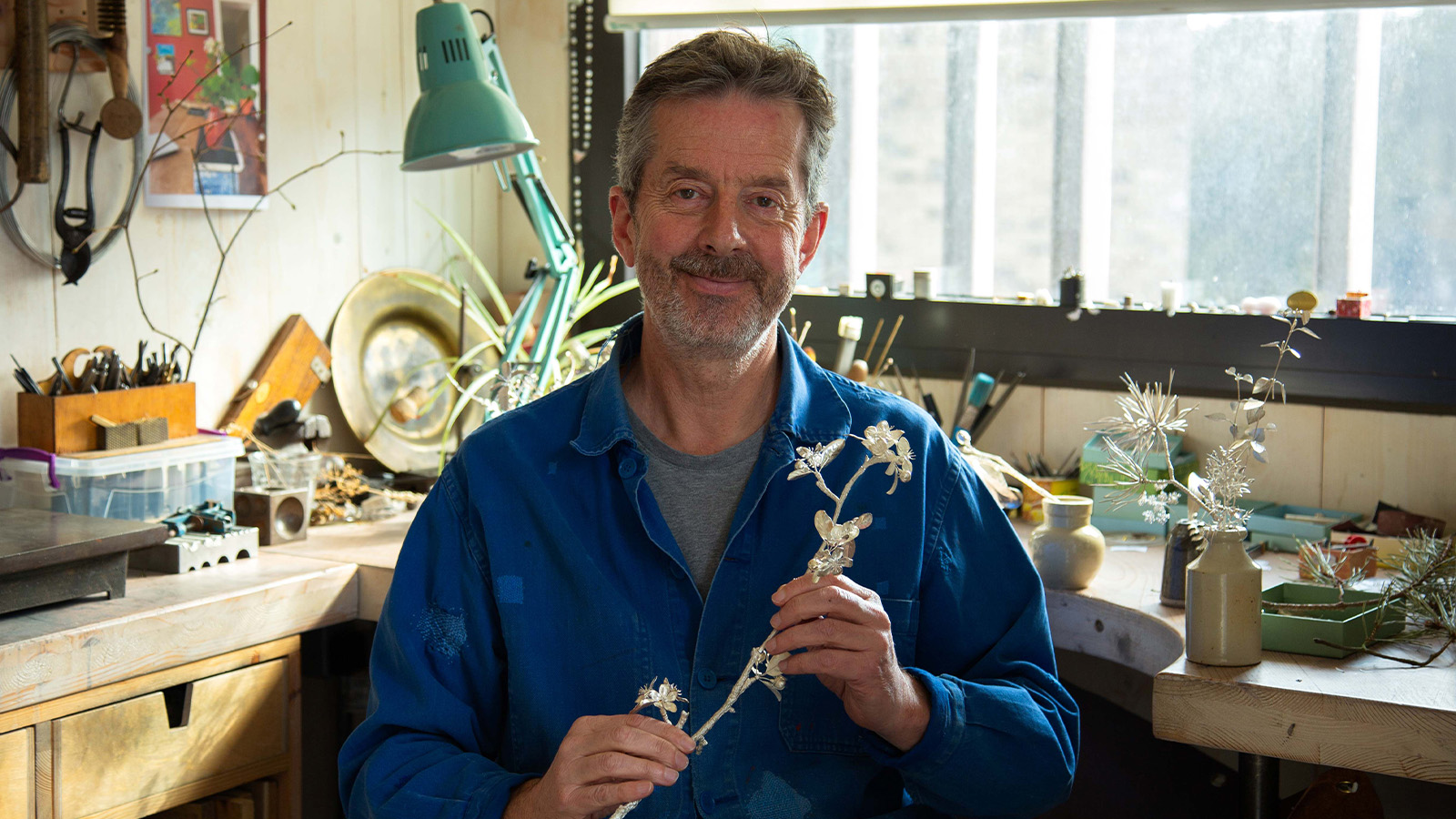 Nature sets the pace for Alex Monroe’s first sculpture exhibition
Nature sets the pace for Alex Monroe’s first sculpture exhibitionThe British designer hops from jewellery to sculpture for his new exhibition at the Garden Museum, London. Here, he tells us why nature should be at the forefront of design